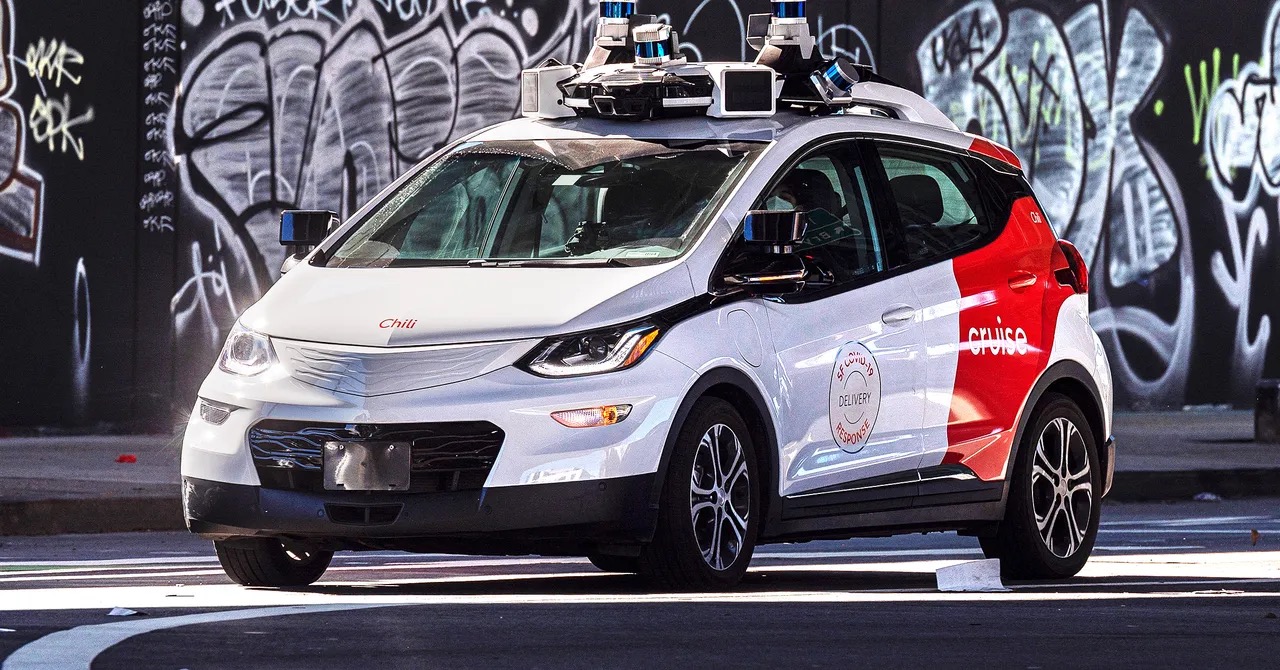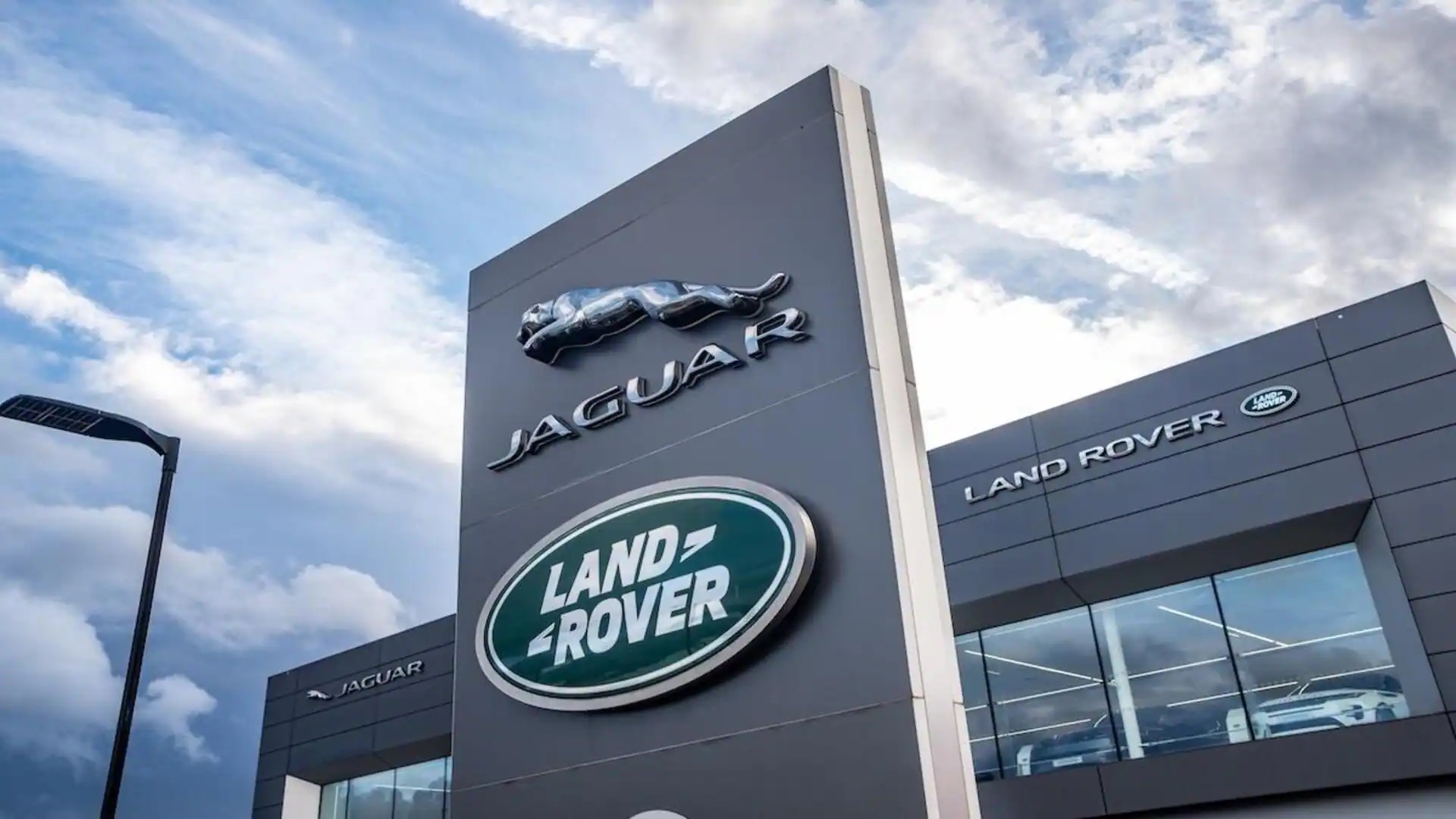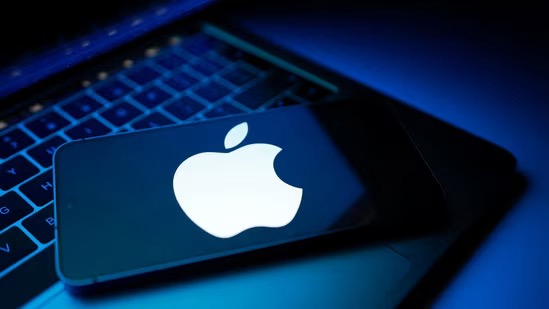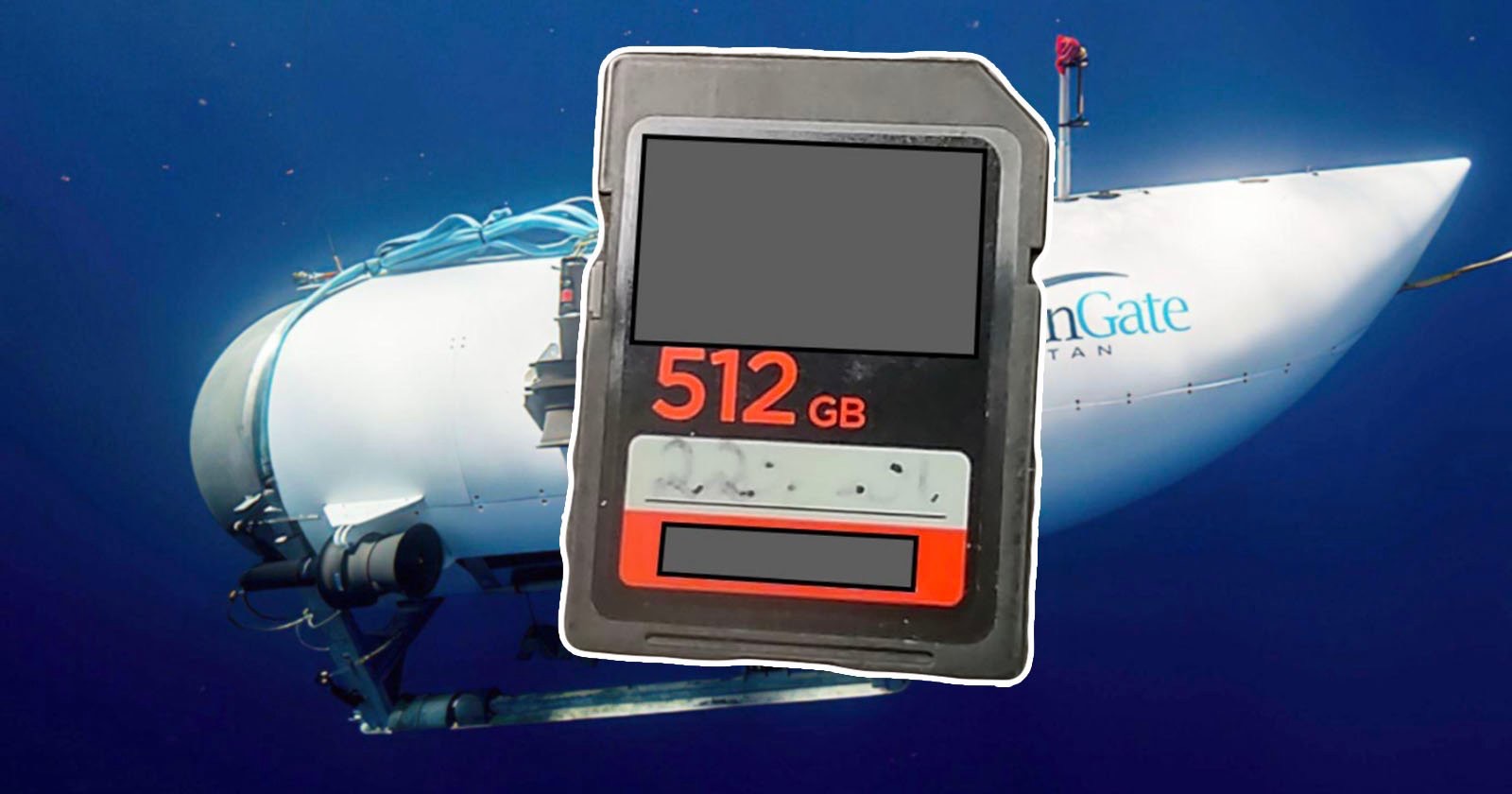In a significant milestone for the future of driver-assistance technology, General Motors (GM) has announced that its Super Cruise system has surpassed 500,000 active users. Even more remarkably, GM reports that none of the vehicles using Super Cruise have been involved in a crash attributed to the system, despite logging hundreds of millions of hands-free miles. As autonomous and semi-autonomous driving technologies continue to evolve, GM’s latest achievement marks a notable benchmark in both adoption and safety performance.
What Is Super Cruise?
Super Cruise is GM’s advanced driver-assistance system (ADAS) designed to enable hands-free driving on compatible highways. Unlike fully autonomous vehicles, Super Cruise operates under specific conditions and requires the driver to remain attentive, even though their hands can be off the wheel. The system relies on a combination of technologies, including high-definition maps, GPS, radar sensors, cameras, and a driver attention monitoring system to maintain safe and efficient vehicle operation.
It is currently available on select models from GM’s lineup, including vehicles from Cadillac, Chevrolet, GMC, and Buick. Over the past few years, GM has expanded the range of vehicles and roadways where Super Cruise can operate, contributing to its growing user base.
500,000+ Users and Growing
Reaching half a million users is no small feat in a market that has long approached autonomous technology with caution. The jump in adoption reflects growing consumer confidence in semi-autonomous systems and GM’s methodical approach to deployment. Initially available only on high-end Cadillac models, Super Cruise has steadily expanded to a broader range of vehicles, including more affordable options, making it accessible to a wider range of drivers.
GM also attributes the success to its gradual and safety-first rollout strategy. By limiting Super Cruise’s functionality to mapped and well-understood roadways—primarily divided highways with consistent lane markings and low pedestrian risk—the company has minimized the chances of unpredictable events that often trip up automated systems in city or rural settings.
A Record of Zero Crashes
Perhaps the most attention-grabbing aspect of GM’s announcement is the claim of zero crashes attributed to Super Cruise. While some may view such a claim with skepticism, it is a testament to the system’s reliability under its designated operating conditions. This is particularly notable at a time when public and regulatory scrutiny around semi-autonomous systems has intensified, especially following high-profile incidents involving other automakers.

It’s important to clarify what GM means by “zero crashes attributed.” This refers to accidents where Super Cruise was determined to be at fault, as opposed to any incident occurring while the system was engaged. The distinction matters, but even under that definition, maintaining such a clean record across hundreds of millions of miles is significant.
How Super Cruise Works
Super Cruise is classified as a Level 2 system under the SAE (Society of Automotive Engineers) autonomy scale. This means the system can control both steering and speed, but the human driver must remain engaged and ready to take over at any time.
One of Super Cruise’s standout features is its use of a driver attention system, typically involving a camera that monitors the driver’s eyes and head position. If the system detects that the driver is not paying attention for an extended period, it issues visual and auditory warnings. If the driver fails to respond, the vehicle will safely bring itself to a stop. This attention safeguard is one of the primary reasons Super Cruise has managed to operate safely at scale, avoiding many of the pitfalls that have plagued more permissive systems.
The system also supports automated lane changes on compatible highways, further reducing driver workload while maintaining safety. All these features combine to provide a more relaxed, yet supervised, driving experience on long highway journeys.
A Business and Technology Win
Super Cruise represents not just a technological achievement for GM, but also a shift in how automakers approach revenue and user engagement. Many of Super Cruise’s features are available via a subscription model after an initial free trial. With strong user conversion rates, GM is turning Super Cruise into a recurring revenue stream rather than a one-time hardware upgrade.
This marks a growing trend in the automotive industry: cars are increasingly becoming platforms for software-based features and services. As more consumers grow comfortable with paying monthly for enhanced functionality, systems like Super Cruise could become central to automakers’ business models in the coming years.

Future Outlook
Looking ahead, GM plans to continue expanding the reach of Super Cruise. The number of supported highways is expected to increase, and the system may eventually move beyond highways to more complex urban environments. Additionally, GM is working on Ultra Cruise, a more advanced version designed to handle nearly all driving scenarios in certain conditions—moving closer to the vision of true autonomous driving.
However, GM’s approach remains cautious and incremental. Rather than rushing to release full self-driving capabilities, the company has chosen to build trust by proving the reliability of limited-use systems first. This strategy appears to be paying off.
A Step Toward Safer Driving
GM’s announcement of 500,000 Super Cruise users and a crash-free record marks a major achievement not only for the company but for the entire automotive industry. It demonstrates that with careful planning, rigorous testing, and clear limitations, semi-autonomous technology can deliver real-world benefits without compromising safety.
As consumer adoption grows and technological capabilities expand, systems like Super Cruise are laying the foundation for a future where driving is safer, more convenient, and more intelligent. For now, GM’s milestone is a strong sign that when it comes to automation, steady and cautious progress may be the smartest route forward.











